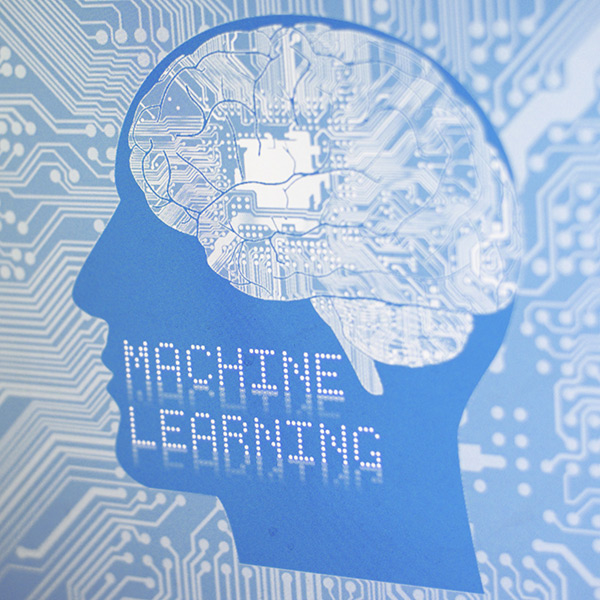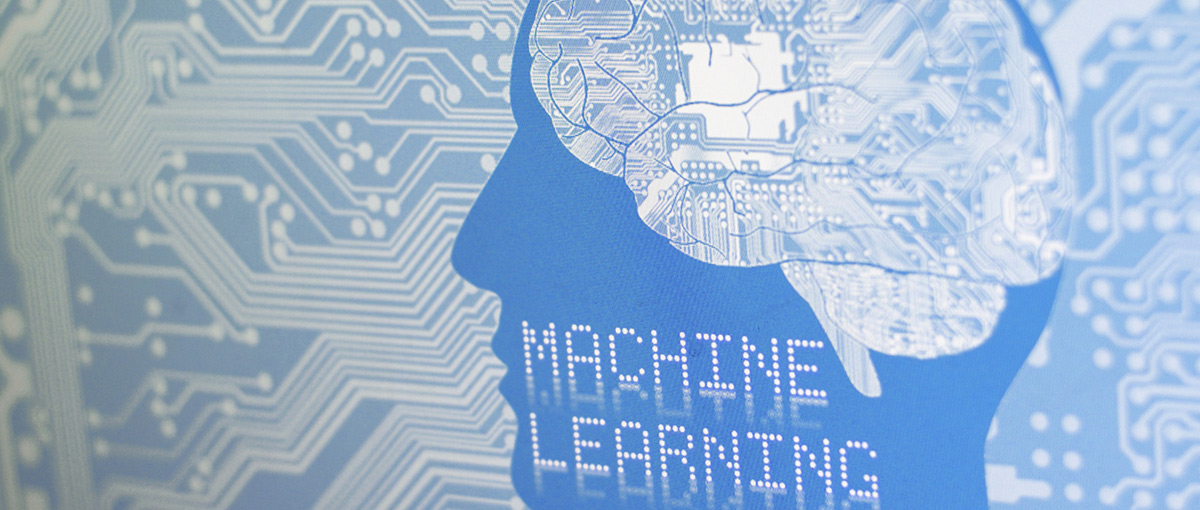
Mauro Mancini, director of the Flex executive programme in Project Management, illustrates the reasons that project management has become increasingly important in companies and what skills are required.
Knowing how to analyse growing amounts of data, prioritizing human resources development, being up to speed with the use of artificial intelligence. They are only some of the qualities that must be possessed by a project manager, an increasingly important figure for companies and organizations. «It’s an evolution caused mainly by the digital transformation and by a global scenario whose development is increasingly rapid and unpredictable», explains Professor Mauro Mancini, director of the FLEX executive programme in Project Management at MIP Politecnico di Milano. «At the international level, a phenomenon is underway that the scientific community calls projectification. In other words, even ordinary and process activities must increasingly be managed with the typical tools of project management».
Hard, soft, contextual skills
What the project management approaches have in common is the idea of uniqueness: «Uniqueness of the final product, of the available human capital, of the social context, of the temporal contingency and of the partnership involved in the project itself», clarifies Mancini. But to enhance these elements, the project manager must possess a wide range of skills: «First of a technical nature, the so-called hard skills: I’m referring to the knowledge of methods, techniques and approaches developed for rapidly evolving scenarios like EVNS, Scrum, Real Option, data visualization. Regarding soft skills, leadership and the abilities of delegating, mentoring, training, team building, and team working are essential». But there’s a third order of skills that shouldn’t be underestimated, which Mancini describes as “of context”: «A good project manager must understand in real time the main elements of an organizational, social and cultural context, because not only structural elements but especially contingent ones are crucial for the success of an initiative. On these, if necessary, one must be able to remodel the project itself, adapting it quickly and with foresight with an approach many people call agile business. The balance of these three skill sets allow a project manager to be ready to face the challenges of the future».
Data and people: key elements
If we look at the evolution of project management in recent years, the factors that have redefined the borders of the discipline are essentially two: on one hand, the importance of information management, on the other human resources. «We live in an era in which we have an increasing amount of data available. The project manager must be able to make decisions not only based on available information, but also with a clear awareness of that which is missing. Helping them today in this process of data screening and schematizing are several tools developed thanks to the evolution of artificial intelligence, that allows for the rapid implementation of self-learning rules. But in a context where small or large unforeseen events are normal, the project manager will increasingly have to assert their own personal capabilities and experience», explains Mancini. «The final decision both concerning one’s own structure and the customer (which sometimes coincide) is the task of the project manager, and this is also true for team management. Among their primary objectives there must be the development of collaborators and their full involvement, to multiply the working group’s capacity for action. The project manager’s task is to guide this participation, protecting it from the pressures of stakeholders involved in the project».
Digital education expands networking
MIP’s FLEX executive programme in Project Management deals with these and other issues, with the aim of training and educating a well-rounded professional and, especially, one who is up to date: «The programme has a completely digital format, it favours the participation of managers and professional from a wide geographical area. This factor expands networking possibilities among participants. Teaching», explains Mancini, «will follow two tracks: synchronous and asynchronous. Asynchronous learning allows to gain skills independently, to then refine and fine-tune them in synchronous mode, that’s to say interacting directly with the teachers. Our goal is not only to provide useful tools from the start, but also to share with participants those skills necessary for self-learning and continuous education, crucial to face the changes that will characterise the decades to come».












